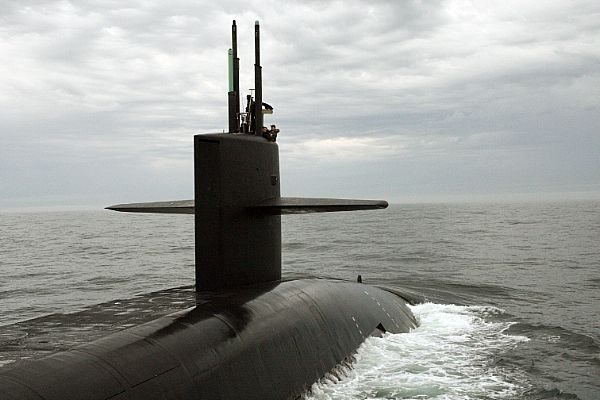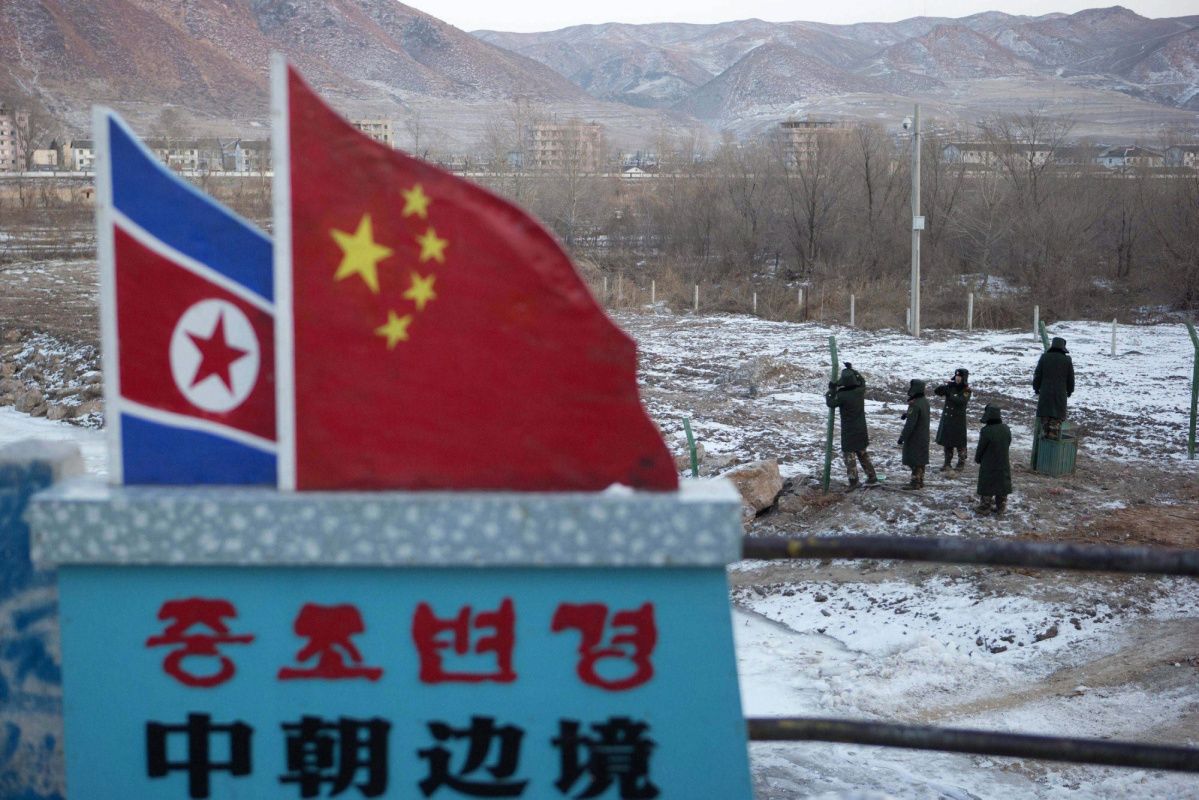The significant impact of a tsunami lies not in the height of the wave but in its duration. A tsunami may only be a few feet high but its length, often several miles, means the water just keeps on coming. It is the cumulative volume of water that drives the head of the flood far inland and is responsible for the resulting damage.
An examination of the submarine market over the last few years shows many similarities with a tsunami. Each year, Forecast International publishes its analysis of projected submarine construction for the next decade. For the last eight years, the trend in terms of numbers of submarines projected and their total value has been steadily upward.
The scale of the successive increases of submarine construction in each forecast is not startling, but the cumulative effect has been a substantial increase in the size of the submarine market sector and the projected scale of the world submarine fleet.
This slow, steady increase in the planned submarine construction rate combined with the average hull life of a submarine suggests that the current production plans will sustain a fleet of roughly 235 SSKs, 114 SSNs, and 44 SSBNs, for a total of 393 submarines. This is still less than the current worldwide fleet of around 430 hulls, but the differential has shrunk steadily over the last decade. At the turn of the millennium, the number of submarines planned was barely sufficient to support a force of 300 submarines, implying that the world operational submarine fleet was likely to contract sharply.
This duly took place, with the world submarine fleet declining from the 800 submarines in service during the late 1980s to the current level of 430. This drop wasn’t quite as dramatic as it seemed; an existing decline in the worldwide fleet of submarines had long been masked by navies retaining old submarines in the inventory long after their operational life had ended. Some submarines still listed as “operational” were little more than training vessels or battery-charging hulks. These old and worn-out submarines were the first to be scrapped when money became tight. It appears that the last survivors of the Chinese Project 035 Ming class now fall into this category.
The current worldwide submarine fleet now appears roughly in balance with current operational requirements, and it appears as if production and inventories are quickly coming into balance too. A calculated force assessment would suggest that Russia intends to keep a fleet of around 10 SSBNs, with the U.S. likely to maintain a fleet of around 14 and the U.K. and France adding a further four each.
It appears that China is aiming at a fleet of five SSBNs, although the nation will not likely achieve this within the forecast period. India has announced an intention to build six SSBNs of the Arihant class. This brings the total number of SSBNs to 43, a number that is beginning to near the levels projected by current production numbers. There is still a deficit, though, leading us to expect a further uptick in the construction rate of SSBNs that will be accommodated by the SSBN(R) and SSBN(X) programs.
In the case of the projected SSN fleet, it is likely that the force level for the U.S. will now stabilize at around 50, leaving a total of 43 SSNs worldwide, of which 12 will be Russian and 14 British and French. The total of 17 for the Brazilian, Indian, and Chinese navies (the existing Chinese fleet of five Project 91s is being decommissioned as the Project 093s enter service) does not seem implausible given the financial and technical problems facing those navies.
The SSK market has also continued to expand as more nations realize the cost-effective nature of a submarine fleet. In addition to the German and French teams, China and Japan are now making a serious push toward establishing a presence in the SSK market. The Japanese may well establish a new position in the market by selling diesel-electric submarines to Australia.
This is indeed the preferred Australian position, since the Japanese Soryu class reflects many of the operational demands specified by the Australians. China’s new submarines are significantly more advanced than the older designs. Recently, China has succeeded in gaining a major export order from Pakistan for its Project 041 diesel-electric submarine.
A comparison of build rates and operational requirements suggests that there is room for further increases in the 10-year submarine construction forecasts. In fact, based on existing trends, a steady increase in submarine construction is likely to be recorded for at least another four years. After that, the question will be whether the world submarine fleet will start to increase or whether the existing levels will be maintained. The former case is likely to see a greater submarine construction rate than the latter.











